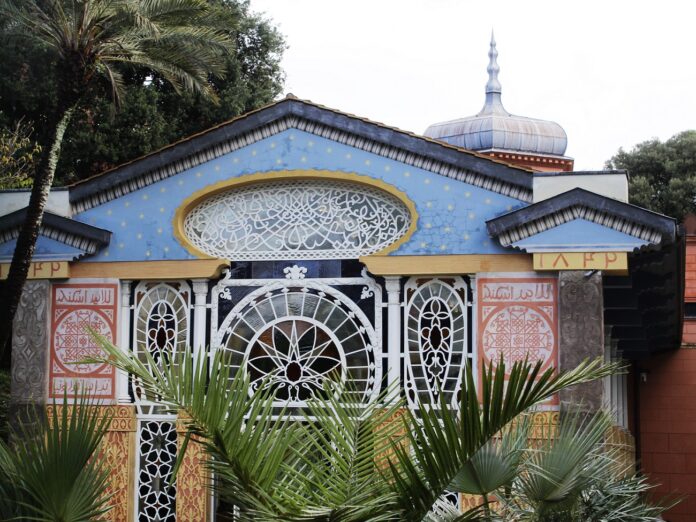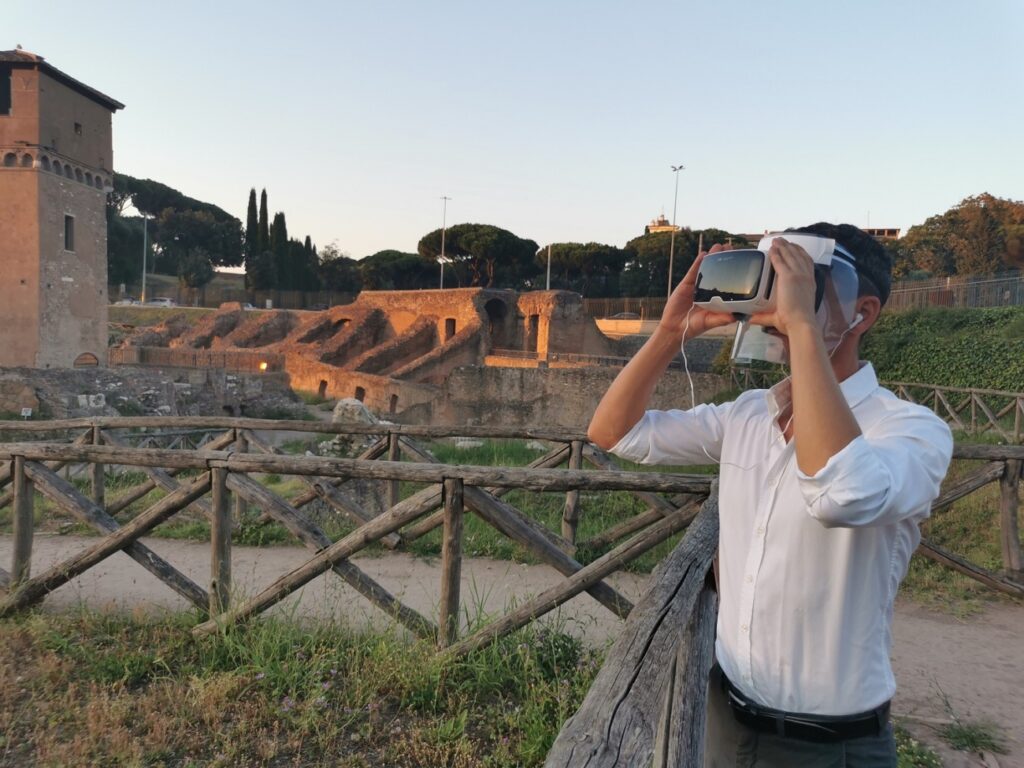
The Capitoline Superintendency reports that from Friday 1st September it will be possible to visit again, after the summer closure of July and August, the Serra Moresca in Villa Torlonia (from Tuesday to Sunday 10.00-19.00, last admission at 18.20).
On 3 September, the first Sunday of the month, free entry for everyone returns to the civic museums and some archaeological areas of the city such as the Circus Maximus (9.30 am-7 pm, last entry at 6 pm), the Imperial Forums (entrance from Trajan’s Column 9.00-19.15, last admission one hour before) and the Sacred Area of Largo Argentina (entrance from via di San Nicola De’ Cesarini in front of number 10, 9.30-19.00, last admission at 18.00). Both the permanent collections and the temporary exhibitions can be visited free of charge in the Civic Museums, with the exception of the visit in augmented and virtual reality Circo Maximo Experience, which can be attended with a ticket at an ordinary rate (for holders of the MIC Card entry is allowed with reduced ticket). www.museiincomuneroma.it and culture.roma.it.
The exciting Circus Maximo Experience will also continue throughout the month of September, allowing visitors to immerse themselves completely, through the use of special 3D viewers, in the history of the Circus Maximus thanks to the architectural and landscape reconstructions of all its historical phases. The narration is available in Italian, English, French, German, Spanish, Russian, Chinese and Japanese, they take place from Tuesday to Sunday from 16.30 to 19.30 (entrance every 15 minutes, the last one at 18.20).

Over the weekend, the Museum of Rome in Trastevere will exceptionally host, in the Multimedia room, the new appointments of Stellar weekends, meetings for everyone, conceived and created by the astronomers of the Rome Planetarium. An opportunity for visitors to venture out to discover the universe amidst scientific explanations, history, art and mythological narratives by participating on Saturday 2 September in the two conferences The discovery of the missing planets (11.00 am) and The Voyager probes, from giants to stars (5.00 pm) both curated by Luca Nardi and Sunday 3 September at the two curated by Gianluca Masi entitled Nel Regno degli Asteroidi (11.00 am) and Carpe Sidera: the wonder of the sky over the beauty of Rome (5.00 pm).
As part of aMICi, the cycle of free guided tours reserved for holders of the MIC Card, on Tuesday 5 September at 4.30 pm, at the Centrale Montemartini, there will be a themed guided tour In the footsteps of Marsia and Hercules with the curator Barbara Nobiloni. The images of the satyr Marsyas and Hercules, preserved in the museum, will be an opportunity to tell their myths and reconstruct some artistic aspects of ancient Rome.
Double appointment is scheduled for Wednesday 6 September. At the Museum of Rome in Trastevere, at 3.00 pm, Roberta Perfetti and Silvia Telmon will lead an introductory visit to the ongoing exhibition I Romanisti. Cenacoli and artistic life from Trastevere to the Trident (1929-1940), conceived with the intention of retracing cultural life in Rome between the end of the 1920s and 1940 through the eyes of Romanists. At 17.00 instead, at the Argentina Theater (Largo di Torre Argentina, 52) the curator Vanessa Ascenzi will guide the visit 50 years to the Argentina Theater Museum, to discover this small museum set up just 50 years ago, to exhibit works, documents and photographs narrate the centuries-old history of the Argentine theater.
Thursday 7 September at 19.00 at the Carlo Bilotti Orangery Museum of Villa Borghese, as part of the exhibition in corso Ritratte. Women of art and science, the Bracco Foundation is organizing an in-depth talk on the theme Beauty as a cure in collaboration with the Gemelli Polyclinic of Rome; followed by a guided tour with Ileana Pansino.
For the Archeology in the Municipality cycle, Thursday 7 September at 3.15 pm Sergio Palladino will guide the visit to Monte Testaccio, familiarly called by the Romans “monte dei cocci”, the gigantic accumulation of fragments of amphorae intended for transport
of oil, formed between the 1st and 3rd century AD. Once the contents had been decanted, the amphorae were reduced to pieces and taken to what can be defined as the first differentiated landfill in history. (Appointment: via Nicola Zabaglia 24; the route has architectural barriers and is not accessible to physically disabled people).
Finally, among the initiatives aimed at families and young people, on Sunday 3 September at 10.00, at the Casina delle Civette in Villa Torlonia, as part of the exhibition in Corso Erratico – 30 Italian artists for a traveling naturalistic notebook, Angela Maria Russo will laboratory The naturalistic notebook with insights into the various techniques used: watercolor, tempera, colored pencils, Indian ink and wax crayons. (Reservation required: iscrizioniaipan@gmail.com – 335.6874471).
